One of the most famously known things from Star Trek would have to be the USS Enterprise. Although there were several USS Enterprises, the notion of the USS Enterprise is famously known in the Science Fiction Universe. The first USS Enterprise was a Constitution Class Starship captained originally by Robert April, Christopher Pike, Willard Decker, and in later years Captain Spock. But the most famous captain of the Enterprise is James T. Kirk. The first two USS Enterprises were Constitution class ships. The third USS Enterprise was an Excelsior class ship. Fourth being an Ambassador Class. Fifth, Galaxy Class; and the last USS Enterprise, NCC 1701-E, was a Sovereign Class ship. ( 1) Since the original Starships, travelling the galaxy was a priority. But what made a big impact on interstellar travel was the invention of the Warp Drive. In the year 2063, Zefram Cochrane developed and was the first to implement the warp drive. According to Memory Alpha, with this launch of the Phoenix with the first implemented warp drive in use. Because of this, the Vulcans were able to detect this ship, which means they were able to make first contact with the human race. This was the human race’s first encounter with extraterrestrial life. The original term coined for the warp drive was “space warp generator.” But slowly the term Warp Drive caught on and has been used by the United Federation of Planets. Not only is it used by the United Federation of Planets, but it is used by the fan base and people to describe traveling fast in a vehicle. ( 2) What is the Warp Drive though, and how does it work? Well: “24th century Federation warp engines were fueled by the reaction of matter (deuterium) and antimatter (antideuterium), mediated through an assembly of dilithium crystals, which were nonreactive with antimatter when subjected to high-frequency electromagnetic fields. This reaction produced a highly energetic plasma, called electro-plasma or warp plasma, which was channeled by plasma conduits through the electro-plasma system (EPS). The electro-plasma was funneled by plasma injectors into a series of warp field coils, usually located in remote warp nacelles. These coils were composed of verterium cortenide and generated the warp field.” – Memory Alpha
Much like my previous post about time travel, this uses a similar principle that some of the time travel technology is based on. This warp drive creates a warp field, a sort of bubble that surrounds the ship, and makes it able to travel through space that has been distorted directly around the bubble. Because of all of these combined, the ship is able to travel faster than the speed of light. One thing that should be combined with the warp drive should be the Inertial Dampener. Because of the quick acceleration without the inertial dampeners would cause extreme damage to the crew and the ship. The Inertial dampeners work by countering the affects from the warp drive. “For the most part, it's an invisible seatbelt substitute for crew and cargo.” – TvTropes. Out of the world of science fiction and into real science, inertial dampeners aren’t that far off from being a reality. In fact, nowadays there are things that act much like inertial dampeners. But as for the faster than light travel being a thing, that is still the makings of science fiction. One type of science that is like the science fictitious inertial dampeners are the flight suits that fighter jet pilots wear. These flight suits are able to inflated when the pilot is undergoing more G forces than is common. When they are inflated, these suits keep the pilot’s blood from pooling in his or her lower extremities so that they are able to maintain consciousness during their flight. ( 2) Like I said before, faster than light travel is much more of a difficult feat. It might be such a difficult feat that many scientists doubt that it is even possible. But according to a proposal by Chris Van Den Broeck of the Institute for Theoretical Physics at the Catholic University of Leuven, Belgium, it might be possible to obtain faster than light travel. According to this proposal it would be something like it is in the science fiction of Star Trek, the creation of a small bubble around the ship to transport it to where it needs to go. The only difference would be that the bubble would have a large volume, but a very small surface area. Once this is achieved the drive would be able to shrink the area in front of the bubble, but at the same time expand the space behind the bubble so that it would travel much faster than it normally would and also travel faster than the speed of light. According to the article though, this is only a theory, and there is much more to be thought of before anything can be done with it, like how is anyone going to be able to stitch together two dimensions so that the outside is much smaller than the inside. We could just ask the Timelords. ( 3) Very relevant to this post, the new Star Trek movie, Star Trek: Into Darkness, arrives in theaters Friday, May 17th. Be sure to look for the wonderful warp drive capabilities of the USS Enterprise if you do go see it.
In the Book Ender’s Game, later in the book we become more familiar with the enemy that Ender has to defeat. This enemy is known as the Formics, or more popularly known by their derogatory name The Buggers. These aliens have been in battle with the human race three times. The book takes place during the third war. At the end of the book Ender finds the hive queen who telepathically communicates with him, telling him that the Formics attacked the human race because they didn't detect a hive-mind state of thinking in the humans. This led the formics to believe that the humans were non-sentient and attacked them.
This means that the Formics have a hive-mind. Hive mind is defined as:
"A type of collective consciousness where individuality is stifled; a state of conformity;" - dictionary.com
Another example of hivemind in science fiction are the Borg from Star Trek. Famous for the quote, “You will be assimilated, resistance is futile.” The Borg is a cyborg race who believe that everyone should be assimilated and become part of the hivemind. Because of the fact that they all act under the same conscious it is like one thought that has multiple bodies. The Borg can assimilate other races, which means the Borg isn’t one race, but a collective of assimilated other races with the changes to make them part of the hivemind.
Yet another alien race that acts similar to the hivemind, but differs slightly are the Cylons from Battlestar Galactica. The Cylons, short for Cybernetic Lifeform Node, are a robotic race that has multiple different beings. One kind of Cylon is the earlier model. This model looks like a robot, easy to identify. Another kind of Cylon, the later model, looks like a human. These types of Cylons are made through synthetic biology. Not only do they look like a human, but they are made from the same material, they have flesh and blood. The thing where the hivemind comes in is that Cylons of the same model are able to transfer data between their minds. It is stated that this is not a hive mind, but as a mode of communication.
The Cylons of Battlestar Galactica (above) and Locutus Borg from Star Trek (below) A few other famously known examples of hiveminds in science fiction are the Bugs in Starship Troopers by Robert Heinlein, The Heart of Atlantis from the movie Atlantis: The Lost Empire, The Anti-Spirals from Gurren Lagann, The Xenomorph from Alien, and The Cybermen and the Daleks from Doctor Who.
 Xenomorph from Alien
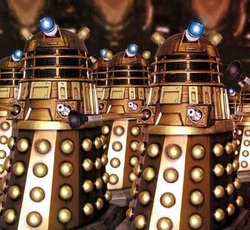 Daleks from Doctor Who
The hivemind got its name from the insects that are Eusocial, which is the social system in insects that live under four basic characteristics. According to the Nature Education Knowledge Project these for characteristics are: “adults live in groups, cooperative care of juveniles (individuals care for brood that is not their own), reproductive division of labor (not all individuals get to reproduce), and overlap of generations (Wilson 1971).” - Eusocial Insects
Bees are a prime example of this. Because they need to collect pollen to create honey there are certain things that need to be done. The pollen collecting bees bring back the pollen and give the nectar to the receiver bees who in turn take care of the food. They use this sort of hivemind thinking to know where to collect the pollen and nectar and to collaborate. This chart shows how the process is done within the group of bees. ( 1) Much like in science fiction there are the workers who go out and do the work, and then there’s the one who directs the rest. The queen bee is much like the queen Formic from Ender’s Game.
Many science fiction novels and movies depict humans going to other worlds and settling down on those worlds. While there they use the land to their own personal needs. This colonization and terraforming is seen in Dune, Imperial Earth, and the sequels to Ender’s Game: Xenocide, Speaker for the Dead, and Children of the Mind.
In Dune, Paul Atreides and his family assume control of the planet called Arrakis. This planet’s original inhabitants, the Fremen, first knew, used, and controlled the geriatric spice, also known as mélange. Melange is a drug that is created by the excretions of the desert sand worms. The spice is collected and sold at a high price. Because of this spice, the planet attracted many people from other worlds to try and take over and sell the spice to gain money and power. Human-like people from around the universe attempted to colonize the desert planet and sell the spice, but only a few managed to survive the harsh environment of the planet. Due to the planet being one giant desert, water is scarce. Many fights have occurred over who should control the spice, and further the control of the planet.
I must say, and my mother would agree, read the books, but do not watch the movie. The movie is a sad rendition of the novel.
Another novel that deals with the colonization of another planet is Imperial Earth. In the not too distant future, there is a decline in the amount of hydrogen on earth. The main character’s grandfather set out to Titan, the moon of Saturn, which is thought to have an abundance of hydrogen. When arriving on the planet, he sets up a colony where people mine for hydrogen and sell it back to people of earth.
Yet another set of books that shows the colonization of humans on another planet are the sequels to Ender’s Game. Set 3000 years after when Ender’s Game takes place, Andrew ‘Ender’ Wiggin, or known then as Speaker for the Dead goes around marking the death of a person, or for him, the death of a race. He arrives on Lusitania, a planet that has been colonized by humans who are there to study the indigenous race called the Pequeninos. But because of being on the planet they are subjected to the virus known as the descolada, a self-mutating virus that can infect any lifeform. All three of these novels have many similar aspects with colonization. They all deal with humans taking over a distant planet or world in order to better themselves. One thing that jumps out at me is that many of the planets in many science fiction novels and movies have species native to the planet. The Fremen in Dune and the Pequeninos in Speaker for the Dead. But these native species are usually regarded as inferior species. Is it really true that they are inferior, or is it a superiority complex of the humans that are taking over the land? This is much like back when the British and French were colonizing the New World and pushing the Native Americans out of their homes in order to take over the land. This continued to happen even once the United States was formed, the Native Americans were pushed off of their land and onto reserves much smaller than their land. None of this is good, pushing people out of their land and making a profit from them. Another problem with terraforming another planet is what happens when you use up all of the resources from that planet that you are mining for? Do you just pack up and move out? Leave the planet for dead? This is major issue with the earth today. People are using up resources faster than they can be replenished, if they can be replenished at all. We need to start respecting the planet and taking care of it, as of now it is the only world we have and there isn’t any other planet that we can just zoom to and make our new home. Not yet at least. Recently, the company Mars One was founded and is taking applications to settle a permanent human settlement on Mars. In the year 2023, the plan is to have humans land on Mars and create a permanent settlement. This just might be the beginning of humans colonizing other planets. As of now, it is not foreseeable that humans who are chosen to go to Mars will ever be able to return to earth. But that is the risk that is involved with colonizing another world, just like the humans who colonized Lusitania in Speaker for the Dead. It doesn’t seem possible yet, but who knows what the future will hold for colonizing other planets, some day in the future mankind could spread out across the stars and make their home on planets lightyears from our current home. The only thing that we will have to be wary about is to not destroy the planets and make a mess out of the universe.
Since its beginning in 1966, Star Trek has captured its audience for generations. Starting with The Original Series in 1966, many new series and movies have debuted. For Television shows following the original series there was the Animated Series, The Next Generation, Deep Space Nine, Voyager, and Enterprise.
“Dammit Jim, I’m a doctor, not a miracle worker.” Thanks to Leonard “Bones” McCoy, this phrase is well known in the world of Star Trek. From the first episode it was used, it has sparked many different spin offs in The Original Series.
Taking place in the mid-23rd century, the show was depicted with many new technologies and sciences. Warp Drives, Faster Than Light travel from said Warp Drives, but the thing that I will be focusing on in this post is the medical advancements. One of the most iconic technologies of the Star Trek universe would have to be the Tricorder.
The tricorder did everything. It was used for data sensing, recording information, analyzing data, and many other functions. There were also many different tricorders. The different tricorders had many different functions from the original functions, to being able to sense medical problems. These medical tricorders worked hand in hand with the portable, handheld scanner. These medical tricorders were primarily used out in the field or on the ship to do a primary assessment of a patient
“While the suite of sensors installed on medical tricorders is advanced, it is generally no substitute for the advanced and specialized equipment in a sickbay facility.” – Memory Alpha
Since the first appearance of the tricorder in the mid-60s, scientist and medical professionals have been trying to make their machines and instruments more portable. At the time the space race was in high gear. Because of this, medical professionals were trying to find ways to be able to send medical equipment with the astronauts when they went into space. Another way the science fiction of the day was coming to life was the technological advancements of medical records and hospital care.
According to Kate Lunau, there is a competition in progress of developing a real life tricorder. The competition named, The Qualcomm Tricorder X Prize, has only a few specific guidelines;
“As envisioned for this competition, the device will be a tool capable of capturing key health metrics and diagnosing a set of 15 diseases. Metrics for health could include such elements as blood pressure, respiratory rate, and temperature. Ultimately, this tool will collect large volumes of data from ongoing measurement of health states through a combination of wireless sensors, imaging technologies, and portable, non-invasive laboratory replacements. … the device's physical appearance and functionality may vary immensely from team to team. Indeed, the only stated limit on form is that the mass of its components together must be no greater than five pounds.”
The competition began in 2010, and the final judging isn’t expected to be until 2014 if not even 2015. The grand prize is $10,000,000. If you have personal knowledge of medical technology, you really should give it a thought to enter the competition! Here is the link to the website of the competition. A previous competition much like this one was the competition to create a private spacecraft. The winner of this was SpaceShipOne, now part of Virgin Galactic. Another technology from the series that is now being made into a real technology is Geordi LaForges’s visor. According to the series, LaForge was born blind, but was given the chance to see when he turned five. He was given a visor that gave him the ability to see. This science behind science fiction is becoming reality. An implant created by a German Scientist is now giving people with retinitis pigmentosa the ability to see. This light sensitive implant is attached to the retina and sends electrical signals to the brain. ( 1) Essentially, it is a replacement retina. Another product that is helping the blind regain sight is Argus II Retinal Prosthesis System. This is much more like Geordi’s Visor. Created by Second Sight Medical Products, the Argus II Retinal Prosthesis System, the product consists of glasses with cameras on the front connected to 60 electrodes that have been implanted on the retina. Both of these bypass the problem with the retina so that people are able to see. ( 2) Even further in the future, medical technologies like the ones from Star Trek will be readily available for doctors and physicians of the day.
|
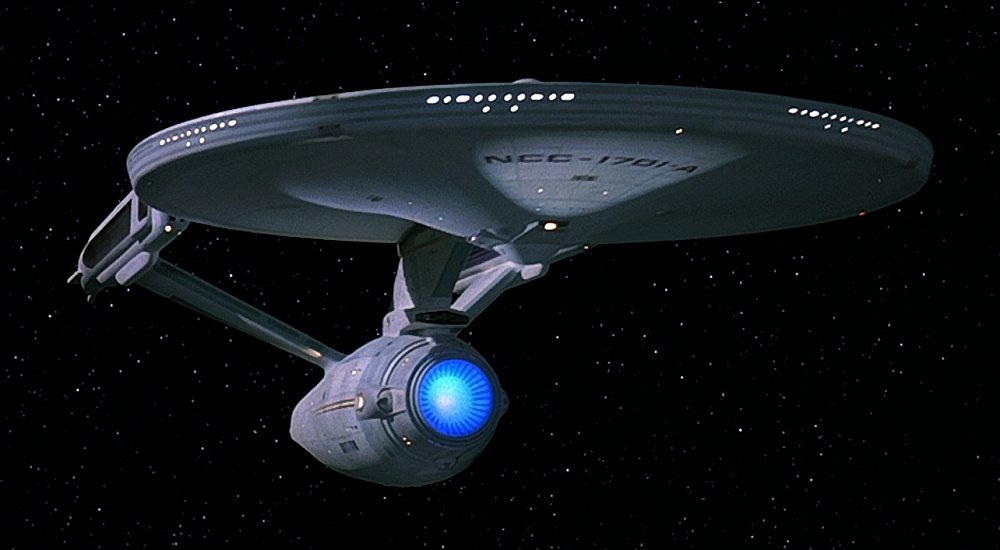
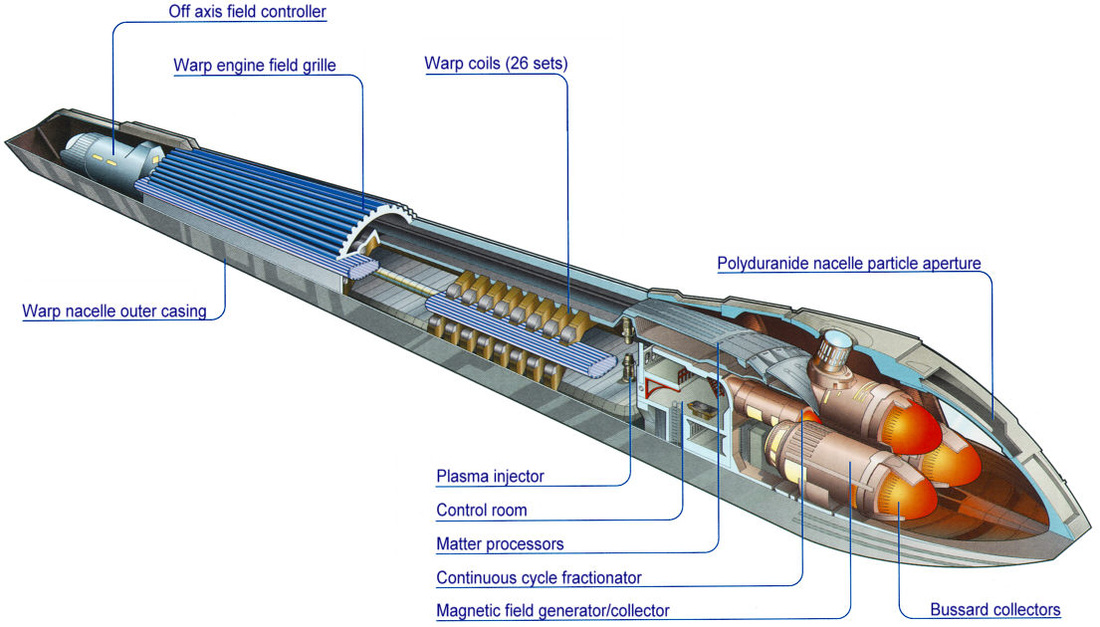

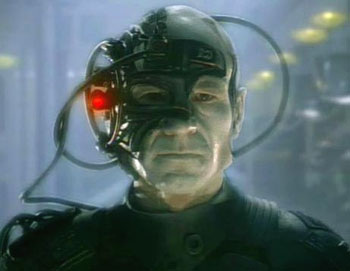


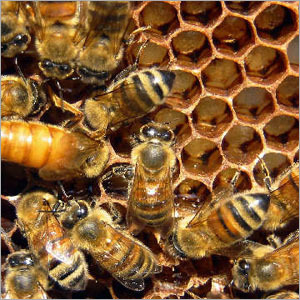

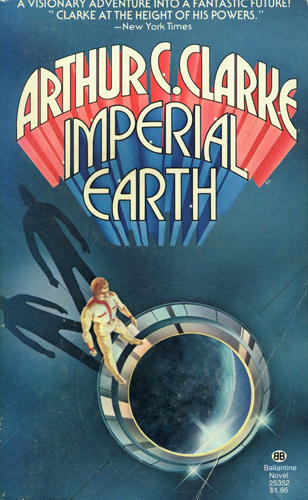
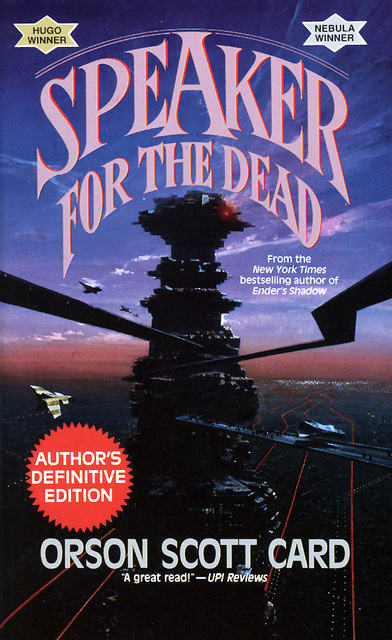

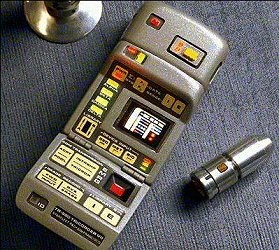

 RSS Feed
RSS Feed